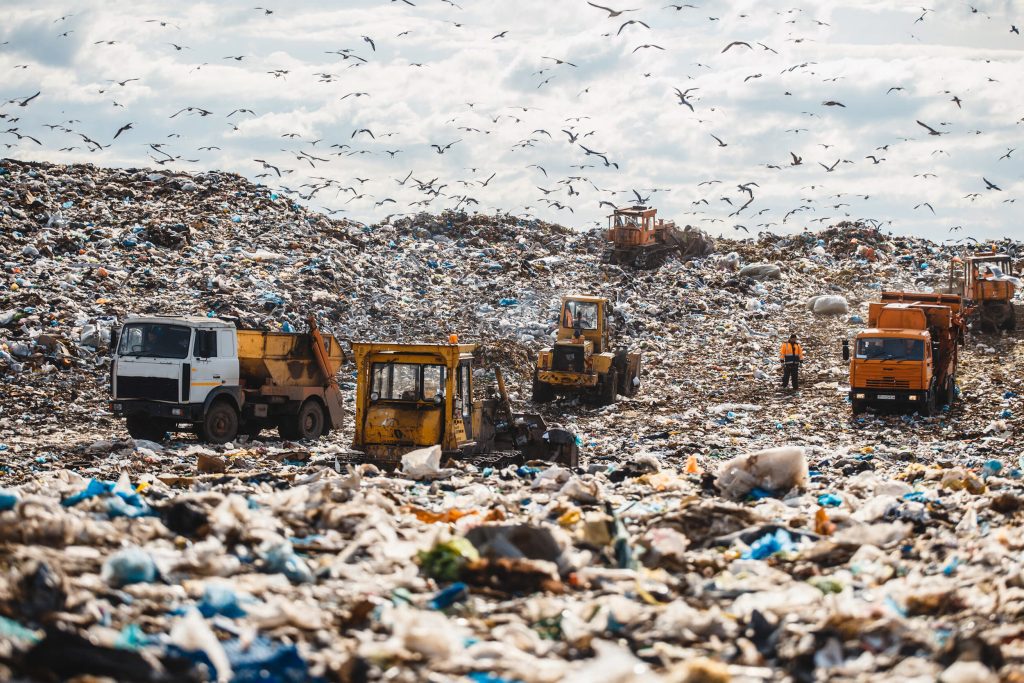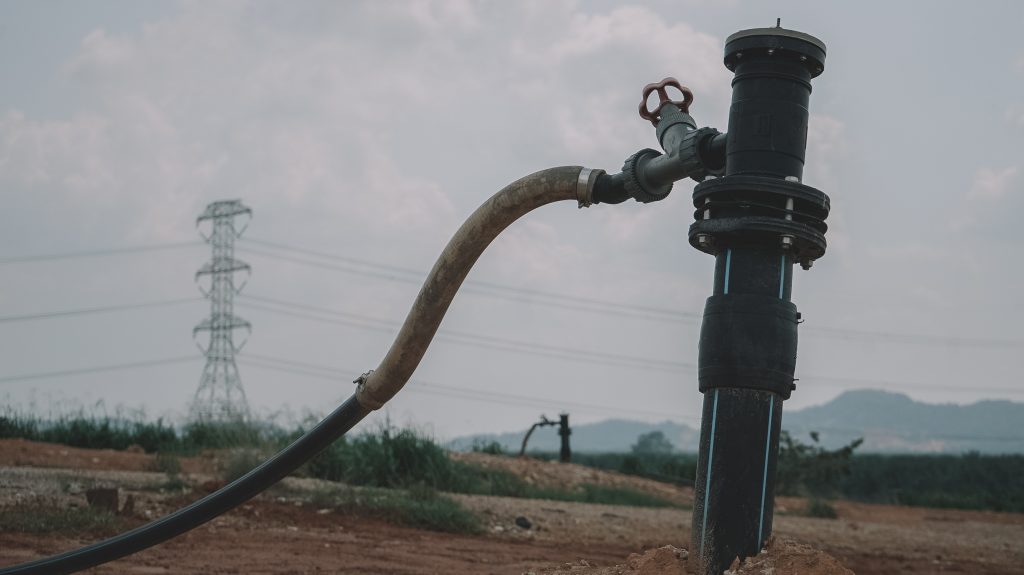Methane From Landfills Can Be Put To Good Use
The global production of solid waste amounts to billions of tons every year. Most of these wastes end up in landfills for natural decomposition. But did you know that these landfills serve as an ecosystem with various microbial activities? Large communities of microorganisms feed on this garbage, leaving byproducts like methane and carbon dioxide (CO2).
Researchers now hope to convert methane into electricity, fuels, or heating homes instead of capturing and flaring it away. A new study published in Applied and Environmental Microbiology explores the various microbial communities thriving in leachate. The lead author and researcher at Biodesign Swette Center for Environmental Biotechnology, Mark Reynolds, and his team from Arizona State University and Industrial college, found that the structure and behavior of some microbes in dry landfills are different from similar ones in subtropical/temperate climates.

The study conducted at the Salt River Landfill located in Scottsdale, near ASU’s Tempe campus, also found that the age of the landfill waste also determines the composition of the microbial.
Using garbage for fuel
In 2019, 15% of methane emissions came from municipal solid waste landfills, making them the third-largest methane emissions source worldwide. This, according to the study, is equivalent to a billion tons of CO2. Lands’ methane emissions are mostly captured as biogas and flared after converting them to CO2. This makes it less dangerous to the environment. However, it is an inadequate method of tackling greenhouse gas emissions.
Instead of wasting this resource, why don’t we put it into something profitable? According to the study, if the economic and other factors are addressed, about one-fifth of the country’s landfills emission can be captured and processed. Currently, the landfill gas generated from microorganisms degraded municipal solid waste contains about 50% CO2 and 50% methane.

The researchers hope to increase methane production by understanding the workings of landfill microorganisms, especially, methanogenic Archaea. Getting methane in larger quantities can help in the production of electricity, carbon-neutral fuels, or heat homes.
